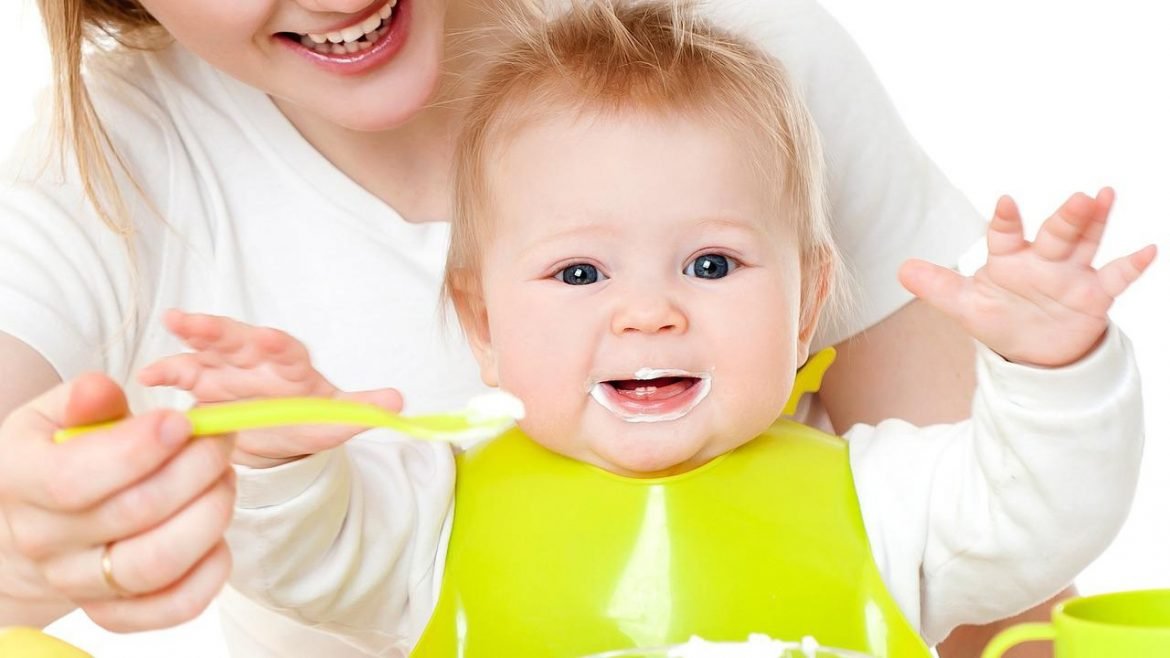Hurray! Your baby is now two years old. It’s time to blow the candles and have a little flashback regarding your baby’s last two years of changes and developments. There were tons of growth sprouts that your baby got through in the previous twenty-three months, and now it’s time to say goodbye to old changes and welcome some new ones.
As your baby goes through physical and mental changes, your baby also experiences lots of different tastes and foods throughout his two years. Being a mother, you tried your level best to provide all kinds of nutrition and health to your baby through high foods, and now you can see your reward through your grown-up baby. Its time to sit and remember some foods that helped baby grow appropriately along with some others that will help him in the future too.
Foods that helped your baby grow
Your baby is now ready to eat all kinds of foods with you because he is all grown up now. When your baby turned one, he barely started eating on his own, and now it’s the complete opposite. He can chew, gulp, sip, break, and do everything a mouth can do. Before your baby’s foods were milk till the fourth month, soft solids till the tenth month and hard ones started after the eleventh month. Gradually your baby ate fruits, vegetables, porridge, cereals, and all kinds of combinational foods to enhance his taste.
These foods were full of nutrition and minerals that worked substantially with the growing power, and now your baby is ready to try some big boy foods as he cuts his second cake.
Foods for two-year-old toddlers
Now you must be wondering which foods I can add into my Two Year Old Baby Food Chart as his third year is starting? It’s not hard guessing that because foods that your baby is already eating can be followed in the next few months as well. So it would help if you didn’t worry about adding something new to his diet plan. Below are some natural food ideas that can help you create a perfect project for your baby quickly. Make sure your baby is taking each of the below groups of foods regularly, even if they are older.
- Meat, fish, poultry, and eggs
- Milk, cheese, and other dairy products
- Fruits and vegetables
- Cereals, porridges, rice, flour products
Foods to add in your baby’s diet
- Cornflakes
- Oats porridge and cookies
- Poached eggs
- Toast with margarine or jam
- Fruity yogurt
- Whole-grain crackers
- Fried or baked meat with cooked veggies
- Banana pancakes
- Cheese strips
- Fruit custards
- Boiled vegetables with bean rice
- Avocado and bread slice sandwich with fruit pieces
- Pumpkin and honey puree
- Scrambled eggs with toast
It’s effortless to create small dishes from any above foods, and some ingredients can also go together to create some combinational foods which your baby will love occasionally. Keep in mind that your baby wants to eat something different every day so you can do lots of experiments with his meals and make him happy every time he sits and eats.
What is safe and unsafe in food for your two-year-old?
Before you add in foods into your baby’s chart, make sure your baby is capable of eating it without choking or getting sick. It’s essential to know some crucial points about the foods that you provide your baby daily. Make sure you make mealtimes fun for your baby and not fixate on amounts; do not create your table a battleground for baby.
- Foods that should be avoided: Hot dogs (unless cut in quarters lengthwise before being sliced), chunks of peanut butter (unless spread), nuts especially peanuts, raw cherries with pits, round, hard candies including jelly beans, gum, whole grapes, marshmallows, fresh carrots, celery, green beans, popcorn, seeds, cherry tomatoes (unless cut in quarters), large chunks of any food such as meat, potatoes or raw vegetables and fruits
- Foods that must be added: Whole milk, fruits, vegetables (boiled, cooked or cut in pieces) cereals, (flavored, rice or wheat flavor) boiled rice, porridge ( wheat, whole grain, rice or fruit-flavored) cheese, yogurt, eggs
What can you choose in snacks for your toddler?
Your baby doesn’t only eat three meals as he needs at least one or two snack times in one day. Snacks are easy and quick; also, hey can be either heavy or light according to the previous mealtime. Snack times are optional yet essential to complete your baby’s nutrition and hunger.
- In fruits, you can add in some apples, bananas, peaches, nectarines, pears (thin sliced) cherries, grapes, plums (sliced or mashed), orange or grapefruit sections, and strawberries.
- Dried fruits like dates, prunes, apricots, raisins, and cranberries are also tasty snacks.
- Vegetables add carrots, green beans (well-cooked or diced) steamed cauliflower, broccoli, yams, sweet potatoes, peas,(mashed for safety) steamed or pureed spinach and greens and avocado slices or cubes.
- Loaves of bread and cereals like whole-wheat bread, whole-grain crackers or rice cakes
The snack list is complimentary for mealtimes and can merge easily with mealtime ingredients. It’s easy to combine two or more ingredients rather than cooking a single and straightforward dish for your baby. It was before he grew up and started his meals fresh. Now he needs lots of tastes and solidity in his meals to complete his stamina for every day playing and enjoying.
To know more, Click here
